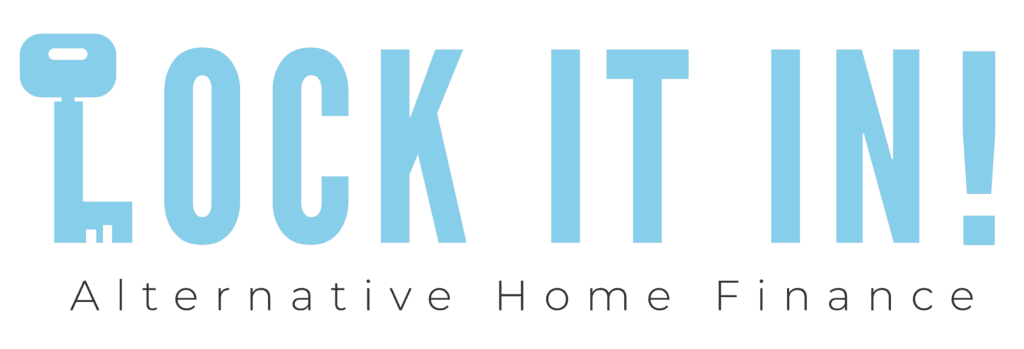When purchasing or refinancing real estate in New York, understanding the financial nuances can lead to significant savings, especially in the high-stakes markets of New York City, Long Island, and Westchester County. Among these financial strategies, the CEMA (Consolidation, Extension, and Modification Agreement) stands out as an option for reducing the burden of mortgage-related taxes. This blog post aims to demystify the CEMA process, highlighting its benefits, how it interacts with other taxes like the mortgage recording tax, transfer tax, and mansion tax, and how it applies to various real estate scenarios including condos, lease-options, and alternative financing methods.
What is a CEMA?
A CEMA is a legal document used in New York State that allows homeowners to consolidate their existing mortgage with a new mortgage during refinancing or a property purchase. Here’s why it’s crucial:
- Tax Savings: By assigning an existing mortgage to a new lender, only the difference between the old and new loan amounts is subject to the mortgage recording tax, potentially saving thousands.
- Applicability: Primarily used for condos, houses, and townhouses in New York State, excluding co-ops since mortgage recording tax does not apply to them.
The Mechanics of CEMA
How It Works:
- Assignment: The original lender assigns the mortgage to the new lender.
- Consolidation: Both loans are combined into a single mortgage instrument.
- Extension and Modification: The terms of the mortgage are revised to reflect the new loan conditions.
Who Benefits:
- Buyers: When purchasing a property with existing financing, a CEMA can reduce closing costs.
- Sellers: By facilitating a CEMA, sellers might make their property more attractive to buyers due to lower closing costs.
- Refinancers: Those looking to refinance can save on taxes by not paying on the full new loan amount.
CEMA’s Interaction with NYC Taxes
Mortgage Recording Tax (MRT):
- Purpose: Paid to record a mortgage on the property.
- Rate in NYC: 1.8% for mortgages up to $500,000, 1.925% for those above are charged to the borrower while 0.25% is charged to the lender, for total rates of 2.050% to 2.125%.
- CEMA Effect: You only pay MRT on the new money borrowed, not the entire mortgage amount.
Mansion Tax:
- Threshold: Applies to sales over $1 million in NYC.
- Rate: Ranges from 1% to 3.9% depending on the sale price.
- CEMA Impact: While the mansion tax is separate from mortgage taxes, a CEMA doesn’t directly affect it, but it does influence the overall cost structure by potentially making the deal more financially feasible.
Real Estate Transfer Tax:
- NYS Transfer Tax: 0.4% for properties under $3 million, 0.65% for those above.
- NYC Transfer Tax: 1.0% for properties under $500,000, 1.425% for those above.
- CEMA Relevance: Does not directly impact transfer taxes but can be part of negotiations where savings from CEMA might be shared.
CEMA in Different Regions
New York City:
- High-Value Properties: Given the high property values, CEMA’s savings can be substantial, especially for condos.
Long Island:
- Suburban Appeal: CEMA can be beneficial for both buyers and sellers in a less urban but still competitive market.
Westchester County:
- Older Properties: With historic homes often having older mortgages, CEMA becomes a tool for cost management.
The CEMA Process
- Preliminary Check: Confirm both the existing and new lender are willing to participate.
- Application: Apply for a CEMA, usually after loan underwriting.
- Documentation: Original notes, mortgage documents, and any necessary allonges are provided.
- Closing: CEMA documents are signed alongside traditional closing documents.
Challenges and Considerations
- Time-Consuming: The process can extend closing timelines by weeks or months.
- Costs: While saving on taxes, there are legal and administrative fees for processing.
- Lender Cooperation: Not all lenders will agree to assign mortgages, which can be a hurdle.
Strategies for Effective CEMA Use
- Early Discussion: Address CEMA in initial negotiations to set expectations.
- Legal Expertise: Engage with attorneys experienced in CEMA transactions.
- Financial Analysis: Sometimes, the savings might not justify the additional costs or delays.
CEMA and Alternative Financing
- Lease-Option: While not directly applicable, understanding CEMA can inform decisions when transitioning from lease to purchase.
- Alternative Financing: CEMA might not apply to all non-traditional financing, but its principles could influence how such deals are structured to optimize tax benefits.
Illustrating CEMA Savings
Imagine buying a $2 million condo in NYC with a seller’s existing mortgage of $1 million:
| Scenario | Without CEMA | With CEMA |
| Mortgage Amount | $2,000,000 | $2,000,000 |
| Existing Mortgage | $0 | $1,000,000 |
| New Money | $2,000,000 | $1,000,000 |
| MRT Rate | 1.925% | 1.925% |
| MRT on New Money | $38,500 | $19,250 |
| Total MRT Paid | $38,500 | $19,250 |
By using a CEMA, the buyer saves $19,250 in mortgage recording tax.
Title Insurance and CEMA
- Title Insurance: Essential to verify the mortgage’s assignability and protect against title issues.
- CEMA Endorsement: Some title policies might need an endorsement for CEMA transactions.
The Future of CEMA and Real Estate Taxes
- Policy Changes: There’s always a possibility that tax laws or lender policies could change, affecting CEMA’s viability.
- Market Dynamics: As real estate markets evolve, CEMA’s use might become more or less prevalent based on economic conditions.
Lock It In!, LLC offers Alternative Financing
A novel proprietary product offered by Lock It In!, LLC can defer mortgage recording costs for 3 years during which time the parties can negotiate a CEMA. This would allow a quick initial transaction using the Lock It In!, LLC lease-option product while giving the parties valuable time to administer a CEMA. Visit LockItInFinance.com or email [email protected] to learn how our new lease-option product lowers the cost of your NY State or NYC home, benefiting both buyers and sellers.






